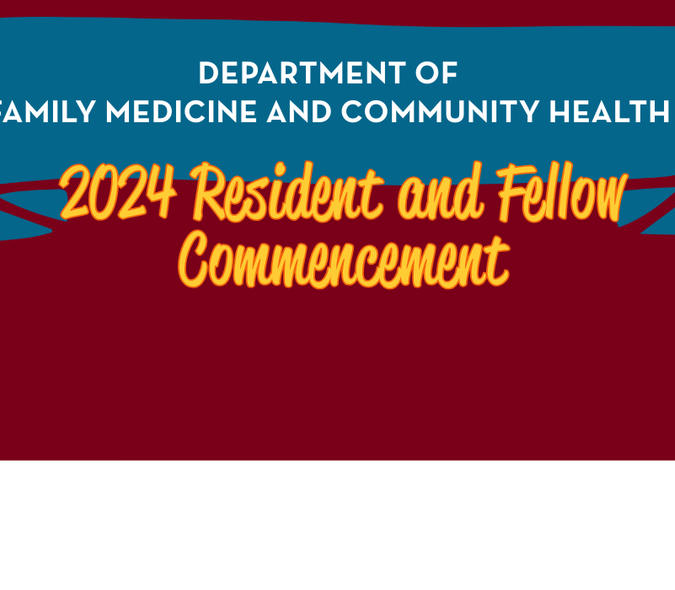
The Power of Direct Primary Care Advocacy
In the realm of healthcare, where complexities often hinder accessibility and affordability, the Resident Advocacy Cohort (RAC) is championing a revolutionary approach – Direct Primary Care (DPC). Defined as contracts wherein patients directly pay for a specified set of primary care services over a defined period, DPC embodies transparency, simplicity, and a patient-first philosophy. Let's delve into the compelling reasons why Residents are staunchly advocating for the widespread adoption of Direct Primary Care.
Breaking the Mold: What Sets DPC Apart
At its core, Direct Primary Care stands as a beacon of simplicity. It's a direct arrangement where patients pay primary care providers a predetermined fee for a defined set of services. No complex insurance intermediaries, no convoluted billing processes – just a straightforward relationship between individuals and their healthcare providers.
Not Insurance, but a Vital Supplement
All medical providers should firmly reject any attempt to classify Direct Primary Care arrangements as health insurance products. Instead, we should advocate for Direct Primary Care as a complementary service, designed to work in tandem with traditional or wrap-around health insurance products. This visionary approach ensures that individuals can enjoy comprehensive coverage for major medical events while accessing the personalized care and attention that Direct Primary Care provides for day-to-day health needs.
Unlocking Financial Benefits: Tax-Exempt Status for Direct Primary Care
In a strategic move to enhance the appeal of Direct Primary Care, the MMA aligns itself with the American Medical Association's efforts. The goal is clear – to have the federal government classify Direct Primary Care arrangements as qualified medical expenses under tax-exempt medical spending accounts. This move would make expenses incurred through Direct Primary Care, such as Health Savings Accounts (HSAs), Health Reimbursement Arrangements (HRAs), and Flexible Spending Accounts (FSAs), eligible for tax benefits. By doing so, the MMA aims to make Direct Primary Care not only a healthcare choice but a financially savvy one.
A Vision for Inclusive Healthcare: Direct Primary Care in Government Programs
The RAC advocacy project extends beyond individual choices to the broader healthcare landscape. We must encourage federal and state pilot programs through which Direct Primary Care is seamlessly integrated into government-sponsored initiatives like Medical Assistance, MinnesotaCare, and Medicare. This forward-thinking approach aims to make Direct Primary Care accessible to a wider audience, ensuring that even those reliant on government programs can benefit from the advantages of this patient-centric model.
Join the Movement: Advocating for Patient-Centric Healthcare
The RAC advocacy project is not just a policy stance; it's a call to action. It urges individuals, healthcare providers, and policymakers to join hands in reshaping the healthcare narrative. By embracing Direct Primary Care, we are not just embracing a new model; we are embracing a philosophy that puts patients at the forefront.
In conclusion, the Resident Advocacy Cohort advocacy project is a step towards a healthcare future where accessibility, affordability, and patient satisfaction are paramount. As we navigate the evolving landscape of healthcare, let's heed the call of the MMA and collectively usher in a new era of patient-centric healthcare through the adoption of Direct Primary Care.



